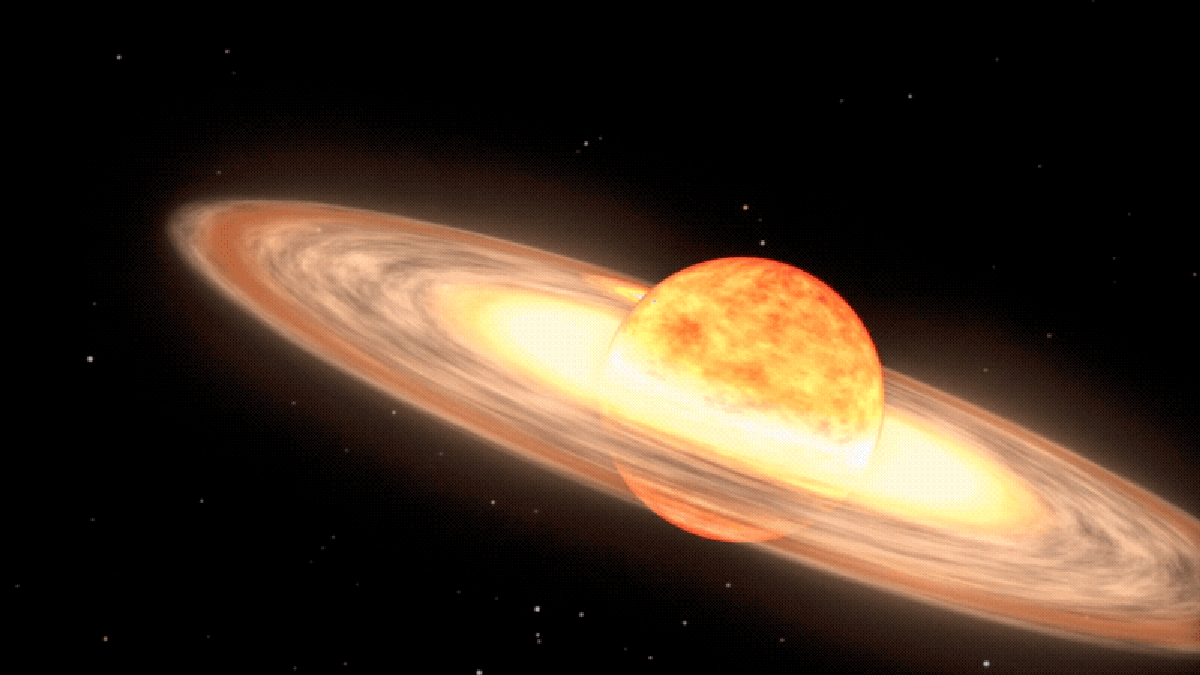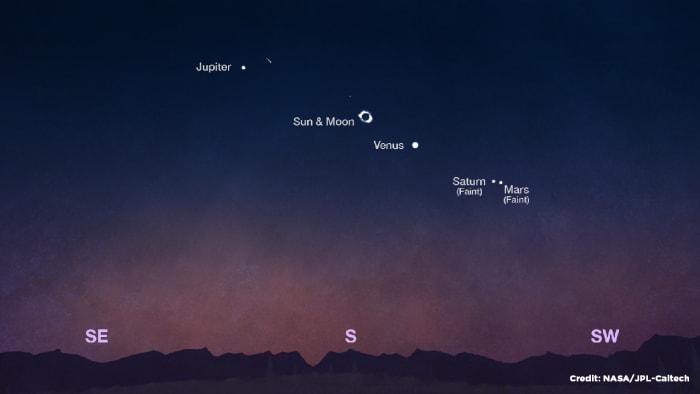T Coronae Borealis, a binary star system located 3,000 light-years from Earth, is a ticking time bomb waiting to explode.
The data gathered from this event is set to improve our understanding of binary star system dynamics and the intricate life cycle of stars.
Adding this to my recent naked-eye achievements is the plan—the most recent happened during the April 8 total solar eclipse.
T Coronae Borealis (T CrB), also known as the Blaze Star, last exploded in 1946, and it does so at roughly 79-year intervals.
This process forms an accretion disk around the white dwarf—a swirling vortex of stellar material.
The pending explosion, however, will elevate the star system to magnitude +2, a brightness akin to Polaris, otherwise known as the North Star.
The system, visible to observers in the Northern Hemisphere, is located in the Corona Borealis constellation.
After this period, the star system will revert back to its quiet phase.
Situated 3,000 light-years away from Earth, the binary star system T Coronae Borealis is like a ticking time bomb just waiting to go off. And any moment now, a new, albeit transient, star should be visible in our night sky if the recurrent nova continues on its current course.
Recently, the moderator of a citizen science group to which I belong underlined that “T CrB remains our highest priority target every night.”. It makes sense that he is urgent; our “Cosmic Cataclysms” team needs to be alert for the anticipated nova and collect information prior to, during, and following the explosion. It could show up at any time, providing amateur and professional astronomers with the opportunity to see and analyze a unique and amazing event as it happens in real time.
Our knowledge of the complex life cycle of stars and the dynamics of binary star systems will be enhanced by the data gathered from this event. Very cool. However, the fact that the nova is anticipated to be extraordinarily bright is equally awesome. It will be so brilliant that it can be seen with the unaided eye and for a few days at least will appear as a new star in the sky.
You can claim to have seen a runaway thermonuclear reaction from 3,000 light-years away once it becomes visible, should you be fortunate enough to see it. I can now add this to my list of accomplishments that I have made with my naked eyes; the last one occurred on April 8 during the total solar eclipse. I saw prominences during totality, just like millions of other people. They appeared as brilliant red dots.
The Blaze Star, also known as T Coronae Borealis (T CrB), bursts roughly every 79 years; the last one happened in 1946. The current window will remain open into the spring and summer after opening in February of this year. T CrB is a binary star system made up of a heavy white dwarf and a red giant. It is one of only five known recurring novae in the Milky Way galaxy. T CrB is a ticking time bomb because of their close encounters; their separation is only 0 point54 astronomical units, or roughly the same as the distance from the Sun to Venus.
White dwarfs are the final stages of medium-sized stars, but this one is headed for the Chandrasekhar limit, an astronomical boundary at about 1 point4 solar masses, which makes white dwarfs unstable. It is about 1 point37 times the mass of our Sun.
Every 227 days, the red giant, which has a mass of about 1 point12 times that of the Sun, completes an orbit around the white dwarf, putting it inside the Roche lobe, the area where material begins to spill onto its nearby companion. This creates an accretion disk, or whirling vortex of stellar material, around the white dwarf.
Extreme temperatures are reached on the surface of the white dwarf when sufficient hydrogen from the red giant accumulates there. The stored hydrogen becomes a nova, a celestial fireworks show, as a result of a runaway thermonuclear reaction caused by this extreme heat. For T CrB, this explosive event occurs approximately every 79 years. and that is—looks at the watch. around this time.
T Coronae Borealis is currently invisible to the unaided eye at a magnitude of +10. But the impending explosion will raise the star system to magnitude +2, which is comparable to the brightness of Polaris, or the North Star. Located in the constellation Corona Borealis, the system is visible to observers in the Northern Hemisphere. When T CrB becomes visible, it will momentarily emerge in this region of the night sky. This constellation is shaped like an arc.
T CrB will progressively fade, returning to its low-level brightness in the days and weeks following its predicted outburst. After the explosion, it will continue to be visible with the unaided eye for a few days and for slightly more than a week when viewed through binoculars and telescopes. Following this time frame, the star system will return to its quiet phase. Rinse, repeat, and probably in 2103, blow up again. Regarding the nova that is anticipated at some point this year, I will follow our moderator’s advice and give it top priority.




